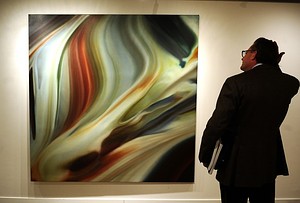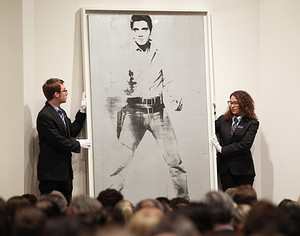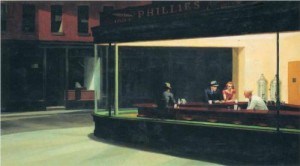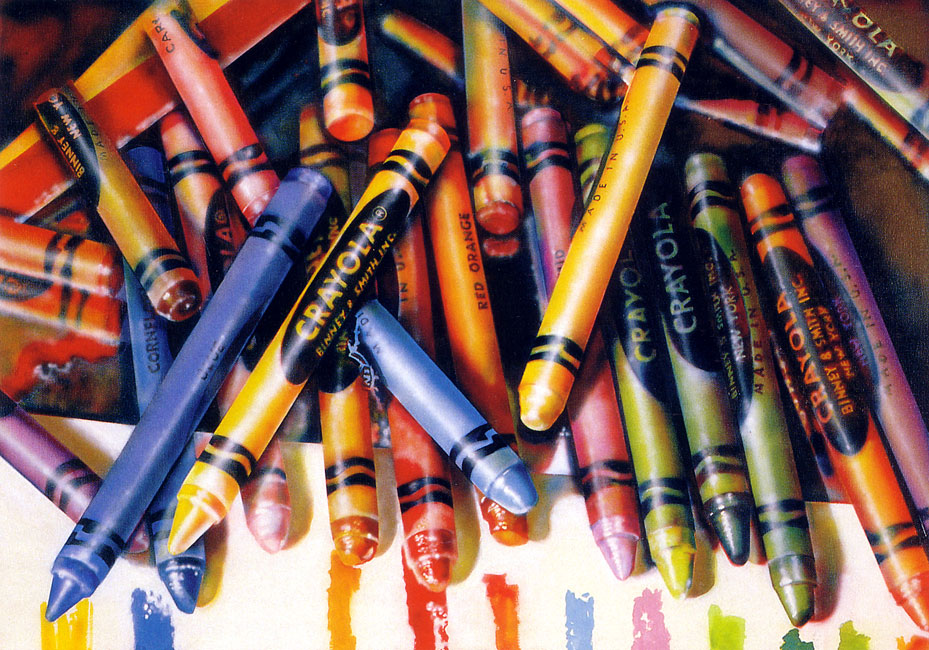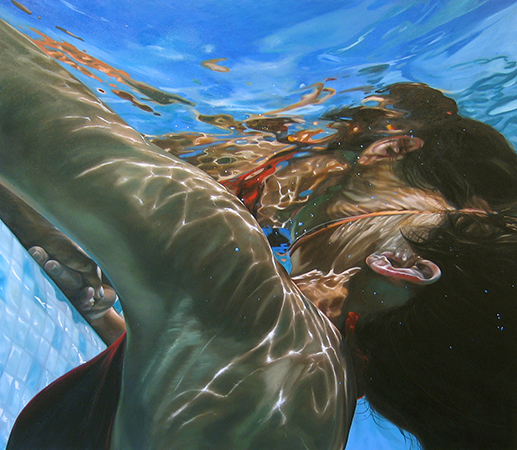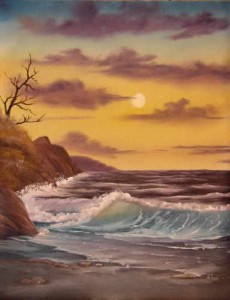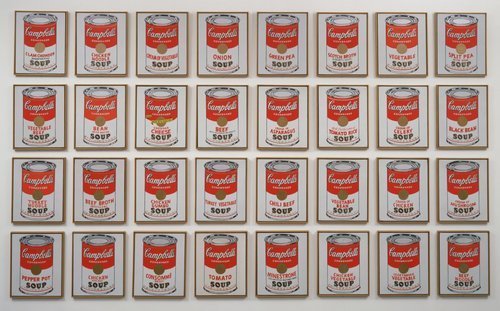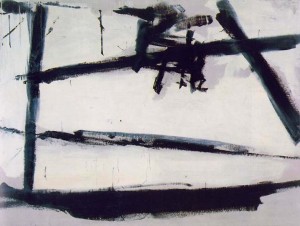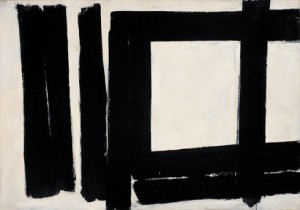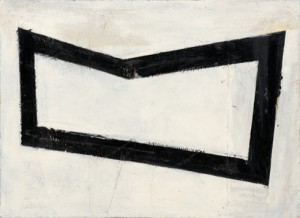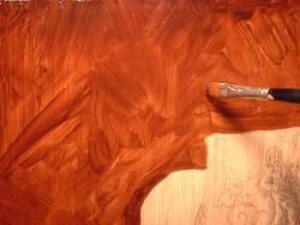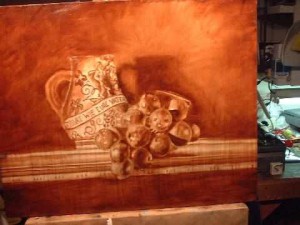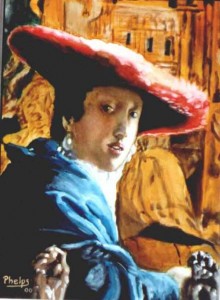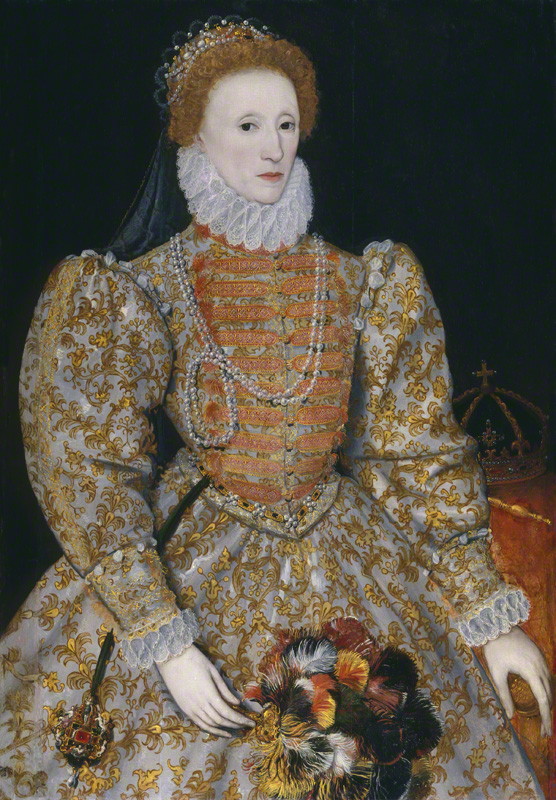Top 10 Art Exhibits in the United States for 2013
For artists and art enthusiasts, finding great new inspirations from artworks from various artists is a must. For 2013, here’s a list of the best exhibits that made admiring art into new dimentions.
1. Angles, Demons, and Savages: Pollock, Ossorio, Dubuffet
An exhibition of work by American artists Jackson Pollock and Alfonso Ossorio, as well as French painter Jean Dubuffet held in Phillips Collection, Washington, DC last February 9- May 12, 2013. The exhibit displayed around 53 paintings and drawings that show a visual friendship enjoyed by all three artists.
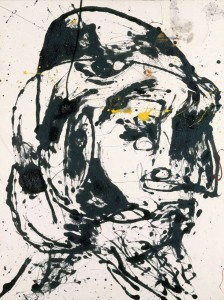
The Metropolitan Museum of Art, New York
2. William H. Johnson: An American Modern
An exhibition of the work of modern American artist William Henry Johnson, the self-described “primitive and cultural painter” held in Georgia Museum of Art last February 16- May 12, 2013. The exhibit included some of the artist’s famous artworks such as Twenty landscapes, still-lifes and portraits including the iconic “Blind Singer” and “Aunt Alice.”
3. Chagall: Beyond Color
A look at the paintings, sculpture, ceramics and collage of the Russian-French artist, Marc Chagall held in Dallas Museum of Art last February 17th – May 26th, 2013. The exhibit also includes a display of costumes made by Chagall in 1942 for the production of the ballet “Aleko,” choreographed by Léonide Massine with music by Pyotr Ilyich Tchaikovsky.
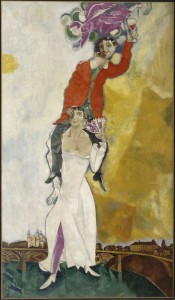
Marc Chagall, Double Portrait with Wine Glass (Double Portrait au Verre de Vin)1917-1918
Oil on canvas
4. Kehinde Wiley: The Memling Series
Displays a new series of paintings by the New York artist Kehinde Wiley, who is known for his knack for re-envisioning classical styles of portraiture held in Phoenix Art Museum, N. Central Avenue Phoenix, AZ last February 20th – June 23rd, 2013. The exhibit includes eight paintings based on the work of Hans Memling, the Flemish master painter of the Northern Renaissance.
5. Impressionism, Fashion, and Modernity
The exhibit displays survey of the fashion trends that appeared in the works of the Impressionists and their contemporaries held in The Metropolitan Museum of Art last February 26th – May 27th, 2013. Around eighty major figure paintings seen in conjunction with period costumes, accessories, fashion plates, photographs, and popular prints that also show the relationship between fashion and art at this time.
6. Frida Kahlo, Diego Rivera and Masterpieces of Modern Mexico
An exhibition of works collected by Jacque and Natasha Gelman, Eastern European ex-pats who became Mexican citizens in 1942 and subsequently acquired art by Diego Rivera, Frida Kahlo, Rufino Tamayo, David Alfaro and more. The exhibit is now being held in Nelson-Atkins Museum of Art started last May 25 all the way through August 18, 2013. There are more than 100 paintings, sculptures, photographs, and drawing in the exhibit.
7. Fernand Leger and the Modern City
Using Fernand Léger’s 1919 work, “The City,” as a jumping off point, the exhibit showcases the French artist’s array of paintings, all of which incorporate forms of cultural production central to modern cities, like graphic and advertising design, theater, film, and architecture. To be held in Philadelphia Museum of Art on October 2013 – January 2014. The exhibit will display over one hundred Leger works from collectors and institutions across Europe and the US.
8. Wayne Hollowell’s “Drama Queen”
This exhibit features a dazzling display of pop culture portraits just in time for NYC Pride held in Michael Mut Gallery, New York last June 26-30, 2013.
9. Enrico David
An exhibition of Italian-born artist, Enrico David, known for his figurative multimedia works that reveals a dark underworld of surreal, craft-informed creatures held in Hammer Museum last January 12th – May 5th, 2013. The collection included paper mummies, hand-crafted tapestries and cavernous paintings.
10. The Artist and the Poet
Planned to coincide with the institute’s “Picasso and Chicago” exhibition, the array of prints and drawings reveal the collaborative relationship between artists like Pablo Picasso, Robert Motherwell and David Hockney and poets such as Max Jacob, Rafael Alberti and Wallace Steves, respectively. Held in The Art Institute Chicago last February 1st – June 2nd, 2013. The collection includes “Skin with O’Hara Poem” (1963–65), a print by Jasper Johns that was inspired by the poet Frank O’Hara.
Source:Huffpost Arts & Culture http://www.huffingtonpost.com


